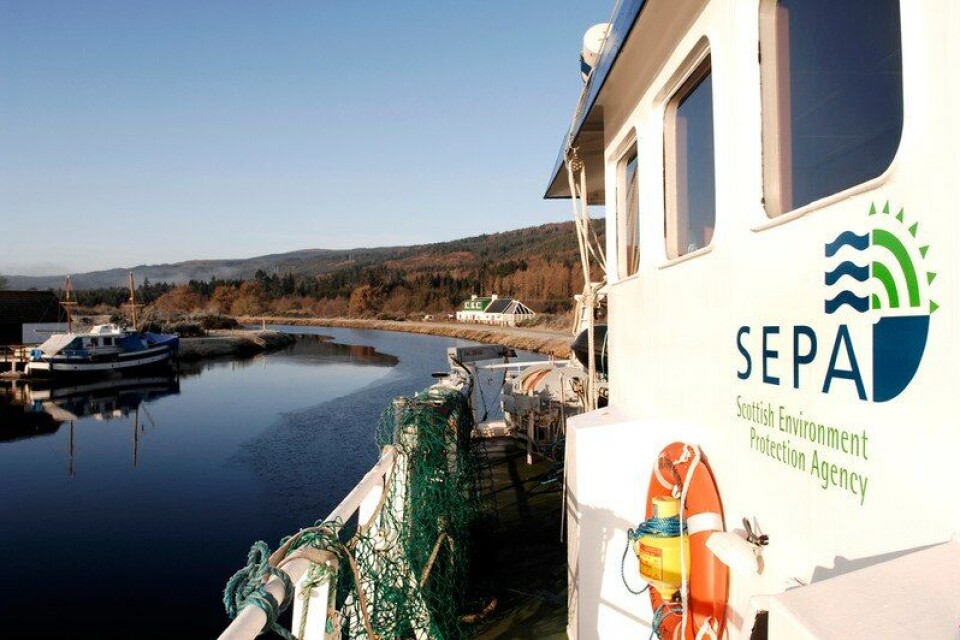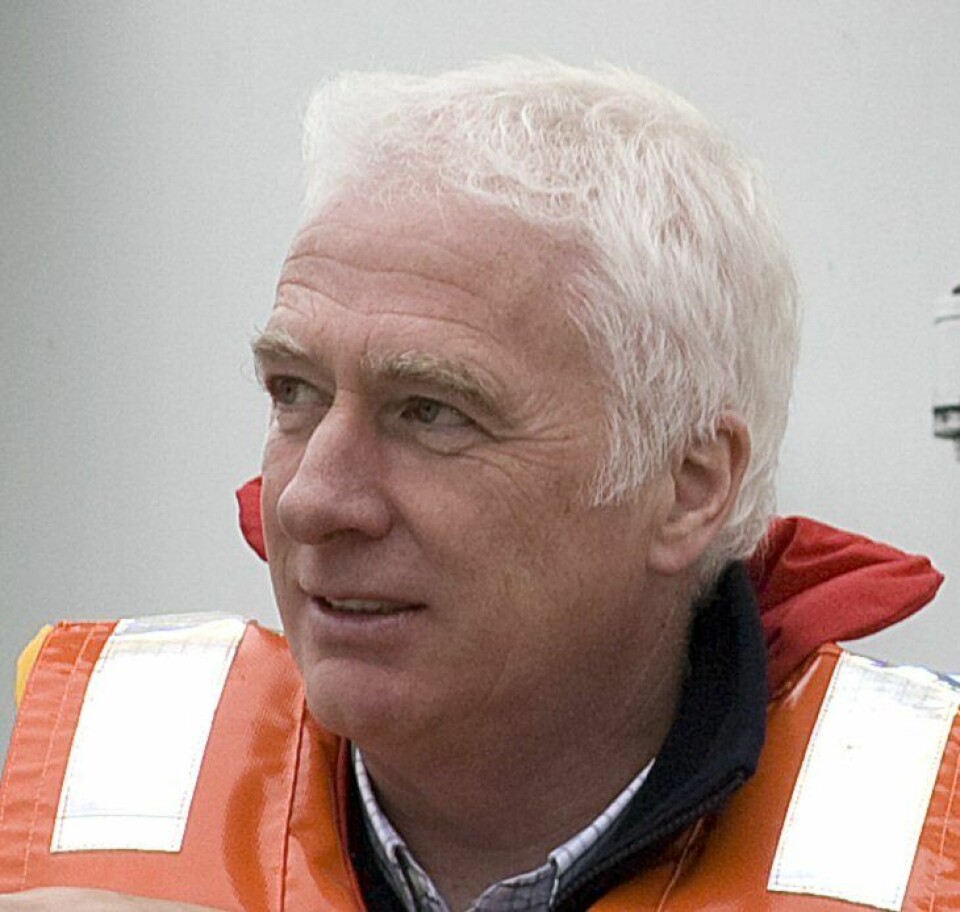
SEPA licence bids 'decided by end of November'
A total of 28 outstanding licence applications by Scottish fish farmers should all be decided by the Scottish Environment Protection Agency (SEPA) by the end of November, industry spokesman Scott Landsburgh has said.
Many of the licence applications under SEPA's Controlled Activities Regulations are for alterations to existing sites, and would allow farmers to modernise sites and maximise biomass.

Landsburgh, chief executive of the Scottish Salmon Producers organisation (SSPO), told fishfarmingexpert.com the processing of applications had been slowed because of SEPA's proposals to reduce the amount of the in-feed lice treatment Slice (ememectin benzoate). The proposals followed a desk study carried out by consultants WRc that raised fears Slice residues were harming creatures such as crabs that live beneath net cages.
Decisions on all of them
“There are 28 [applications] that are outstanding decisions by SEPA, and this is basically on account of the interim management protocol that’s been announced with regard to the usage of Slice," said Landsburgh. "They are working through them as we speak and hope to get decisions on all of them by the end of November.
“They are looking to reduce the historical usage of Slice, during the interim measures, by about 60 per cent. With regard to the 28 applications, each one’s different: they might be in a protected species area or they might not, so they have to take each one on its own merits, and some may be reduced by 60 per cent and others may not.
“They’re sites where there’s just variation being sought. Variations are to do with new technology, design of sites, and maximising potential, getting the ultimate optimum output. They all have to conform to the new technical standards to ensure their durability and security, keeping the stock in place.”
Alternative view
Meanwhile, the SSPO is close to appointing consultants to carry out its own study of benthic areas in response to the WRc report.
Landsburgh said: “SEPA are considering extending our response deadline [to their consultation on Slice use] to accommodate that but we don’t know the answer to that request at this juncture.
“The point we’ve made to them, and they are considering it, is that in order to put forward an alternative view it would be useful to get a science-based study on the Ecotox work in relevant locations in order to determine the validity of the WRc report, or otherwise.”
The SSPO study is expected to take 15-18 months.























































